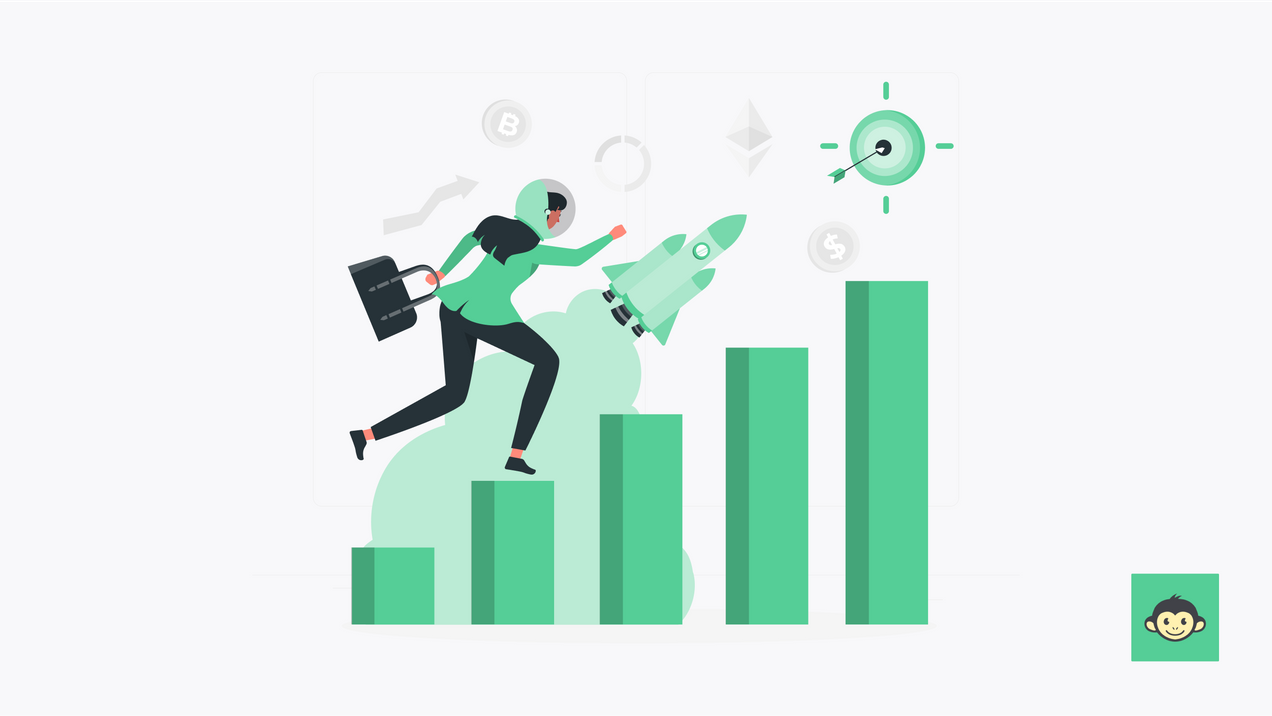10 Signs of an unstable employee at work: Top strategies for managers to deal with them in 2024

Ever feel like your organization is riding a rollercoaster of employee fluctuations, leaving you strapped in with a shaky sense of stability? Well, you're not alone. In the immortal words of the legendary Dolly Parton, "Find out who you are and do it on purpose."
Now, let's apply Dolly's wisdom to the workplace: Are your co-workers or employees doing what they love on purpose, or do they seem to be doing the professional cha-cha without any rhythm?
In this blog, we're going to explore the subtle signs that your workforce might be a bit wobbly on its feet and strategies to tackle such situations.
What is the definition of an unstable employee at work?
An unstable employee at work is someone whose professional demeanor and performance exhibit inconsistency, unpredictability, or a lack of reliability. This instability can manifest in various ways, impacting both individual and team dynamics.
Firstly, an unstable employee may display erratic work patterns, characterized by sudden bursts of productivity followed by periods of lethargy or disengagement.
Their commitment to tasks and projects may fluctuate without clear reasons, making it challenging for colleagues and managers to rely on them consistently.
Additionally, an unstable employee may struggle with maintaining a positive attitude or adapting to workplace changes.
Rapid mood swings, resistance to feedback, or difficulty in coping with stress can contribute to an overall sense of unpredictability, affecting team morale and collaboration.
Moreover, instability may be reflected in a lack of commitment to professional growth or an unwillingness to adapt to evolving job responsibilities. This could indicate a disconnect between the employee's skills or interests and the requirements of their role, posing challenges to the person for long-term engagement and effectiveness.
In essence, an unstable employee is one whose behavior, performance, or mindset introduces an element of uncertainty into the workplace, potentially impacting team dynamics, productivity, and overall organizational stability.
Identifying and addressing these signs early on is crucial for fostering a resilient and harmonious work environment.
Are unstable employees and difficult employees the same?
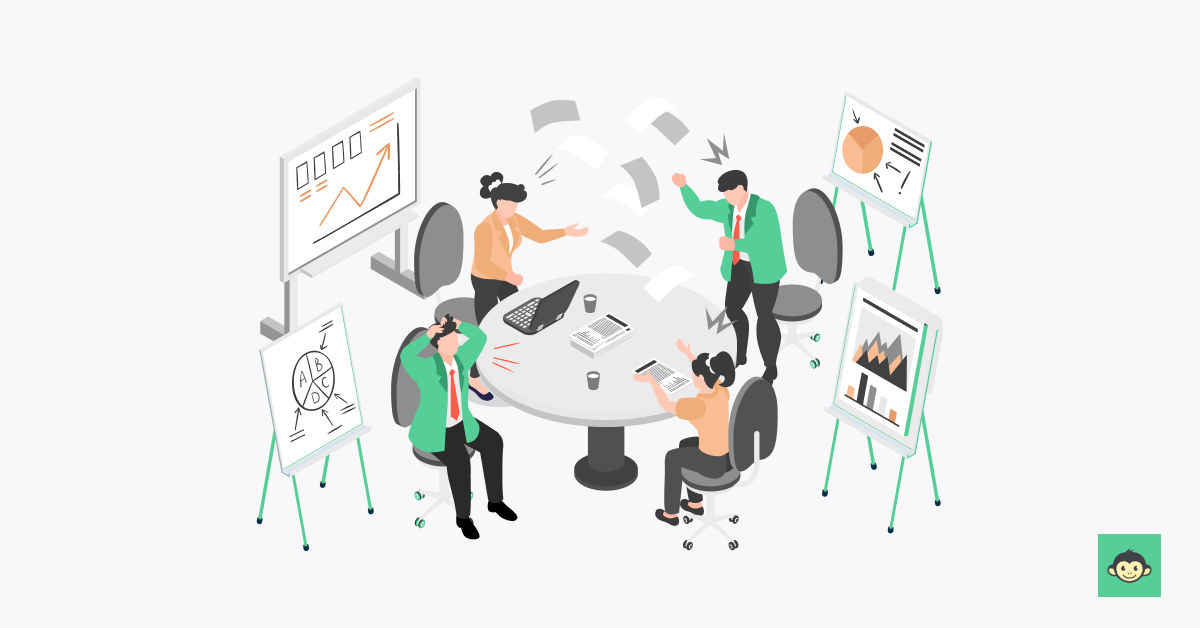
While unstable employees and difficult employees share some overlapping characteristics, they are not synonymous. The key distinction lies in the nature and root causes of their behavior.
Unstable employees often exhibit inconsistency and unpredictability in their work patterns, commitment, and emotional states.
Their instability may stem from personal challenges, such as stressors outside of work, health issues, or a mismatch between their skills and job responsibilities.
This inconsistency can make it challenging for colleagues and supervisors to anticipate their contributions and creates an element of uncertainty within the team. On the other hand, difficult employees are characterized by challenging interpersonal behaviors or attitudes that can create tension in the workplace.
These behaviors may include resistance to authority, negativity, or disruptive communication styles.
Unlike instability, difficulty is often more rooted in personality traits or ingrained habits rather than external factors. Difficult employees may create a hostile or uncomfortable work environment, impacting team morale and collaboration.
It's important to note that an employee with personal problems such as drug abuse or family issues can be both difficult and unstable, as these characteristics are not mutually exclusive.
In some cases, an individual's personal challenges may manifest as difficult behavior, making it crucial for managers to discern the underlying causes to address the root issues effectively.
What are the 8 types of difficult employees?
Dealing with difficult employees requires a nuanced understanding of various personalities and behaviors that can disrupt the workplace. Here are eight types of difficult employees that managers often encounter:
1. The negative nelly
This employee tends to see the glass as perpetually half-empty. Their pessimism can spread quickly, affecting team morale and stifling creativity. Combatting negativity with a focus on positive reinforcement and highlighting achievements can be effective.
2. The chronic complainer
Always quick to voice dissatisfaction, the chronic complainer often raises issues without offering constructive solutions. Addressing their concerns individually and encouraging them to participate in problem-solving discussions can help channel their energy more productively.
3. The resistant rebel
This employee resists authority and often challenges decisions. Establishing clear expectations, fostering open communication, and addressing concerns respectfully can help the employer build a more cooperative relationship.
4. The passive-aggressive pro
Passive-aggressive employees express their dissatisfaction indirectly, making it challenging to address issues directly. Encouraging open communication and creating a safe space for a co-worker to express their concerns can help uncover underlying issues.
5. The gossipy guru
Gossip can be a toxic force in the workplace, and the gossipy employee tends to spread rumors or engage in office politics. Setting clear boundaries on acceptable behavior among coworkers and emphasizing the importance of professionalism can help curb gossip.
6. The procrastination prodigy
Consistently missing deadlines or delaying tasks, the procrastination prodigy can impact team productivity. Understanding the root cause, whether it's a lack of motivation or an overwhelmed workload, can guide targeted solutions.
7. The know-it-all
This is a warning sign an employee believes they have all the answers and may resist feedback or collaboration. Encouraging a culture of continuous learning and acknowledging their expertise while promoting teamwork can help balance their contributions.
8. The unreliable unicorn
Unreliable employees struggle with consistency, often failing to follow through on commitments. Clear communication about expectations, regular check-ins, and offering support to overcome obstacles can help improve reliability
How does mental health affect work?
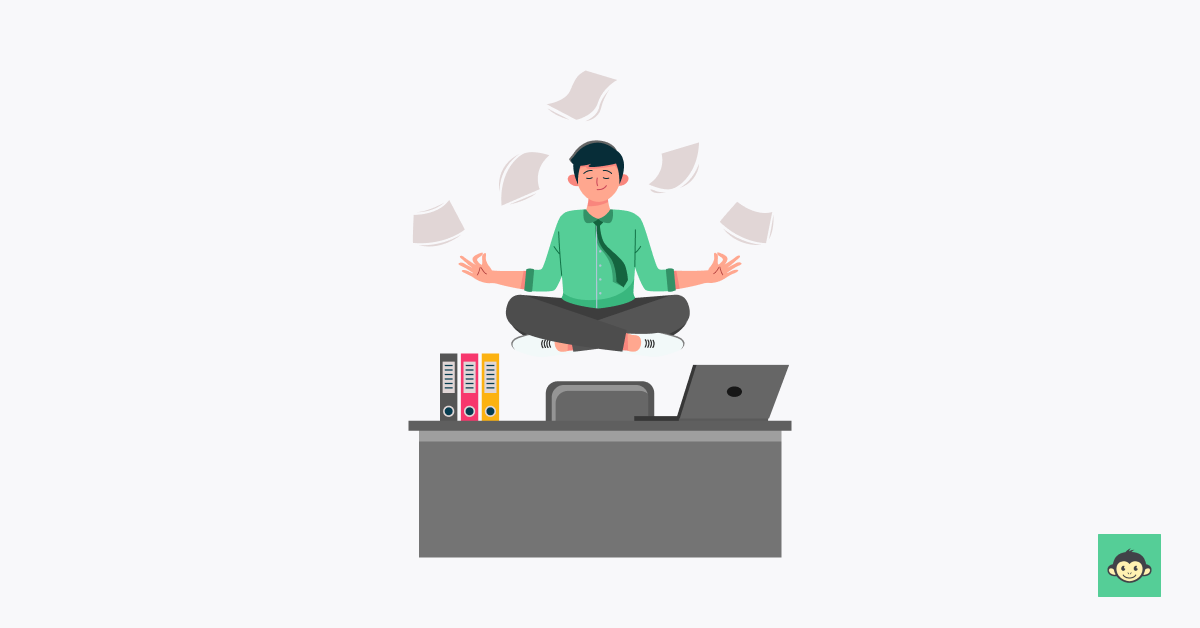
Mental health profoundly influences workplace dynamics. Employees grappling with mental health challenges may experience decreased concentration, leading to diminished productivity.
Persistent stress or anxiety can contribute to burnout, negatively impacting overall job satisfaction and engagement.
Communication and collaboration may suffer as individuals struggle with maintaining effective interpersonal relationships. Moreover, absenteeism and presenteeism can increase, affecting overall team performance. Recognizing the connection between mental health and work is crucial for fostering a supportive environment.
Employers play a pivotal role by implementing mental health initiatives, destigmatizing discussions, and providing resources, ultimately contributing to a healthier, more productive workforce.
What are the 10 signs of an unstable employee at work?
Watch out for these signs to ensure that you are aware if your organization has an unstable workforce or is on the verge of harboring one.
- An unstable employee may showcase erratic work quality and productivity, with noticeable fluctuations in output.
- Regular unplanned absences or a pattern of frequent sick leave may indicate personal challenges affecting stability.
- Sudden and noticeable changes in mood or demeanor can disrupt team dynamics and signal underlying issues.
- An aversion to adapting to new processes or job responsibilities may reflect a struggle to cope with workplace changes.
- Decreased enthusiasm, disinterest in team activities, or a general lack of engagement can point to instability.
- Consistent failure to meet deadlines may suggest difficulty in managing workload or maintaining focus.
- Fluctuating levels of communication, from excessive chattiness to sudden silence, can be indicative of instability.
- Difficulty in forming or maintaining positive relationships with colleagues may contribute to a destabilized work environment.
- A rise in errors or oversights in tasks that were previously well-executed may signal cognitive or emotional challenges.
- Unstable employees may display a decline in proactivity or a reluctance to take on new responsibilities, reflecting a waning commitment to professional growth.
What can a manager do to help their mentally burnt unstable employees: Top strategies
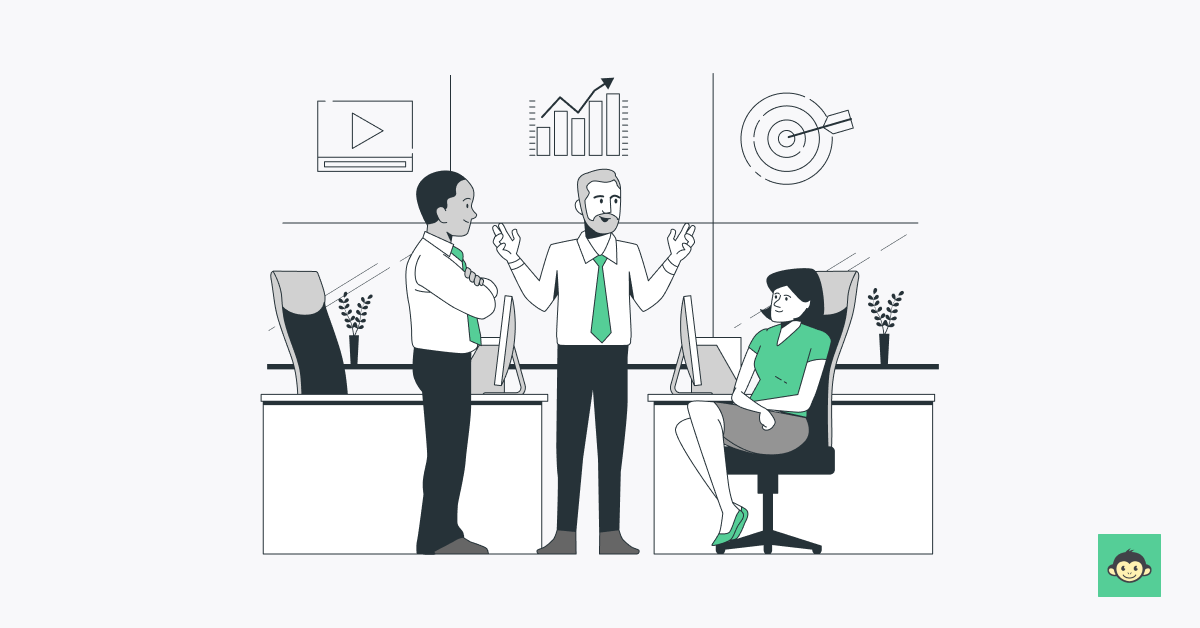
Supporting mentally burnt and unstable employees requires a thoughtful and empathetic approach. Here are top strategies for managers to help:
- Open communication: Create a safe space for open dialogue. Encourage employees to share their challenges, ensuring they feel heard and understood.
- Flexible work arrangements: Consider flexible work hours or remote options to alleviate work-related stress and accommodate personal needs, promoting a healthier work-life balance.
- Mental health resources: Provide information on available mental health resources, such as Employee Assistance Programs (EAPs) or counseling services, fostering a culture that destigmatizes seeking help.
- Clear expectations: Establish clear, realistic expectations and prioritize tasks to reduce the feeling of being overwhelmed. Collaboratively set achievable goals and deadlines.
- Regular check-ins: Schedule regular one-on-one meetings and check-ins to monitor progress, discuss challenges, and offer support. This ongoing communication helps build trust and rapport.
- Workload management: Assess and adjust workloads to prevent burnout. Distribute tasks evenly and consider redistributing responsibilities if necessary.
- Training and development: Offer training opportunities to enhance skills and confidence. This can reignite a sense of purpose and accomplishment, contributing to improved mental well-being.
Role of mental health surveys at work in gauging employee sentiments
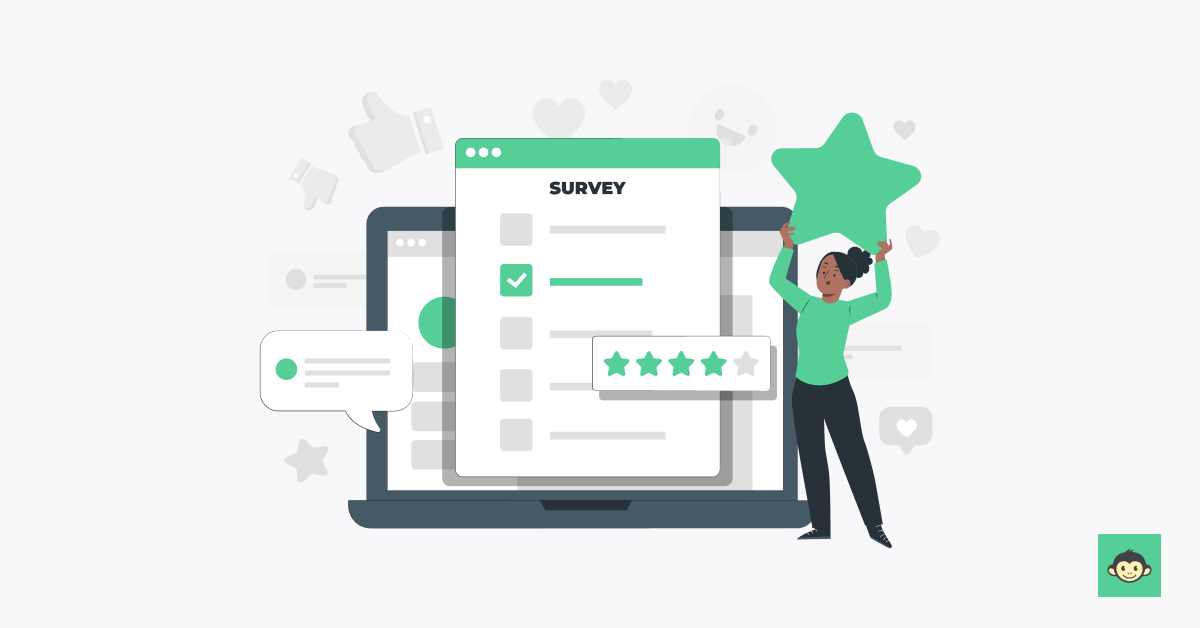
Mental health surveys play a pivotal role in gauging employee sentiments within the workplace, serving as a valuable tool for organizations committed to prioritizing the well-being of their workforce.
These surveys go beyond traditional performance metrics, delving into the emotional and psychological aspects of employees' experiences.
By providing companies with a structured and confidential platform for feedback, mental health surveys enable organizations to gain insights into the nuanced challenges that may impact employee mental well-being.
They also serve as a proactive measure, allowing employers to identify potential issues before they escalate.
By asking targeted questions related to stress levels, workload, work-life balance, and overall job satisfaction, organizations can pinpoint areas of concern.
This not only aids in mitigating the negative effects of workplace stress but also contributes to the creation of tailored solutions that address specific challenges faced by employees.
It even helps organizations foster a culture of transparency and openness while boosting employee engagement. When employees feel that their opinions on mental health matters are valued, they are more likely to express their concerns honestly.
This transparency aids the company in building trust between employees and management, fostering a collaborative environment where solutions can be developed collectively.
How can a manager deal with an unstable employee in the best way?
Effectively managing an unstable employee requires a combination of empathy and strategic intervention. First, initiate a private conversation to understand their challenges and offer support. You must also clearly communicate expectations, providing structure and realistic goals.
It is essential to foster an environment where open dialogue is encouraged, allowing the employee to express concerns. Tailor workload and responsibilities to manageable levels, promoting a balanced work-life dynamic. Regular check-ins help monitor progress and adjust strategies as needed.
If appropriate, suggest professional resources or employee assistance programs such as counseling services. By combining compassion with practical solutions, managers can create a supportive framework that addresses the root causes of instability and promotes employee well-being.
Conclusion
Recognizing and addressing the warning signs of an unstable workforce is paramount for fostering a thriving work environment. From identifying individual challenges to implementing organization-wide strategies, understanding the intricacies of employee well-being is essential.
Whether it's through mental health surveys, targeted interventions, or promoting open communication, proactive efforts are key.
By prioritizing mental health, providing support, and implementing flexible solutions, organizations can cultivate a workplace that not only acknowledges the complexities of employee stability but actively works towards creating a resilient and engaged workforce.
In doing so, they not only enhance individual well-being but also contribute to the overall success and sustainability of the organization.



